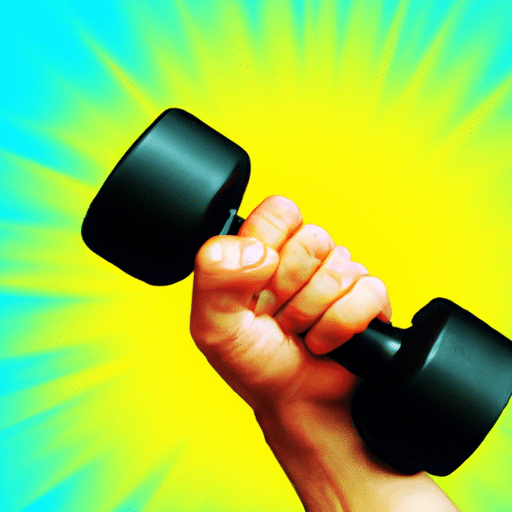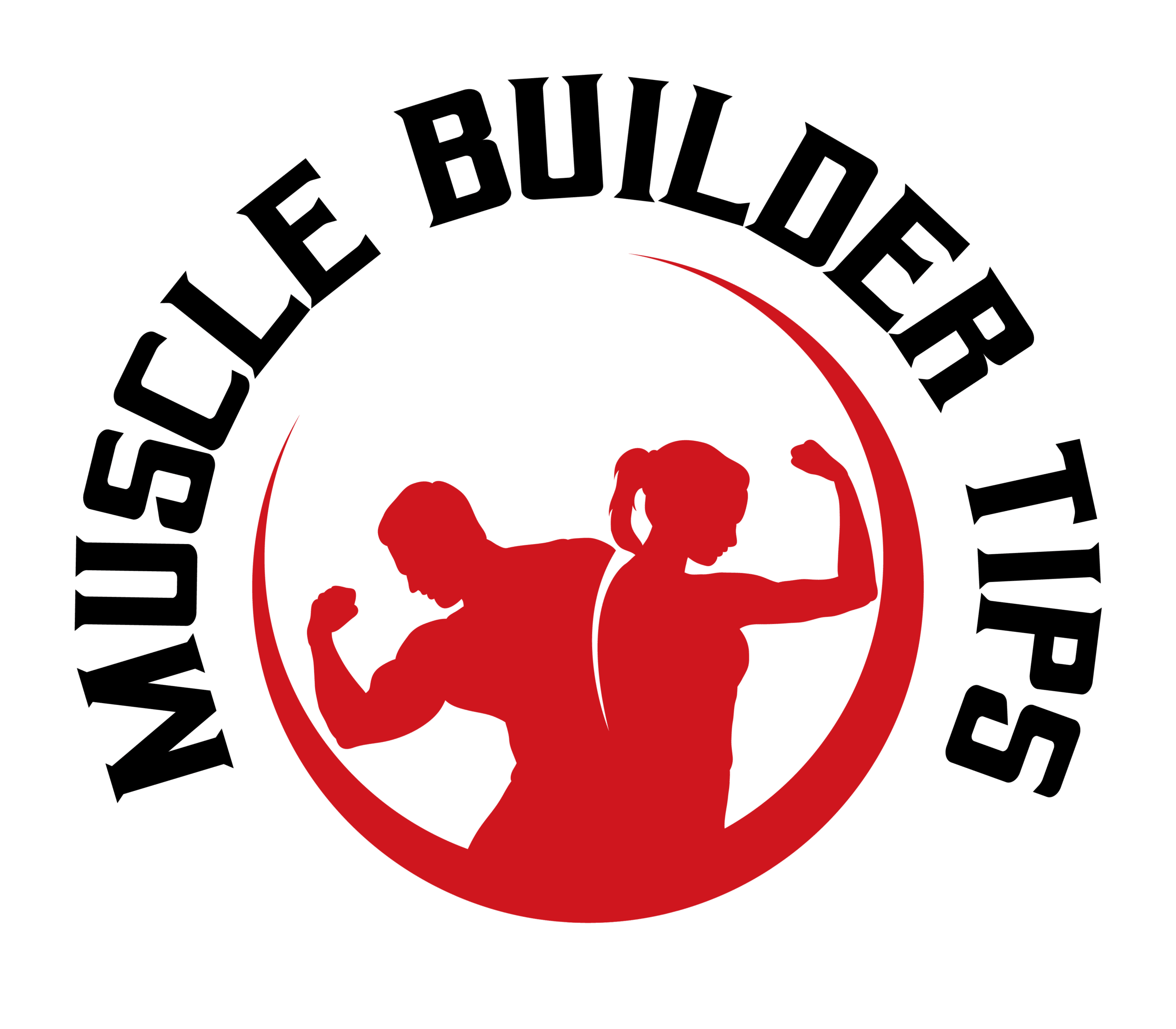
Have you ever wondered how long it takes for your muscles to start building after a workout? It’s a question many people have, especially those who are trying to achieve their fitness goals. Well, the answer isn’t as straightforward as you might think, but don’t worry, I’m here to break it down for you. In this article, we’ll delve into the factors that affect muscle growth and explore the timeline for building muscle after a workout. So, if you’re eager to learn more about this topic, keep reading!
When it comes to building muscle after a workout, several factors come into play. Your genetics, age, nutrition, rest, and the intensity of your workouts all play a role in determining how long it takes for your muscles to grow. While there isn’t a one-size-fits-all answer, you can start to see some initial muscle growth within a few weeks of consistent training. However, to see significant muscle gains, it typically takes several months to a year of dedicated training and proper nutrition. Don’t worry, though. With the right mindset and approach, you can achieve your muscle-building goals. In this article, we’ll dive deeper into these factors and provide you with some tips to help you maximize your muscle-building potential. So, let’s get started!
Understanding Muscle Growth
The process of muscle growth
Building muscle is a complex process that involves a series of physiological changes within your body. When you engage in resistance exercise, such as lifting weights or performing bodyweight exercises, you create microscopic damage to your muscle fibers. This damage triggers a cascade of events, including inflammation and the release of growth factors, that stimulate the repair and growth of these muscle fibers.
During the repair process, new proteins are synthesized to strengthen and enlarge the existing muscle fibers. Over time, this adaptive response to exercise leads to an increase in muscle size and strength.
Factors that affect muscle growth
Several factors can influence the rate and extent of muscle growth. First and foremost, genetics play a significant role. Some individuals are genetically predisposed to build muscle more easily than others. Additionally, age can also have an impact, as muscle growth tends to be more rapid during adolescence and slows down with age.
The type and intensity of exercise also play a crucial role. Resistance exercises that specifically target the muscles you want to develop are essential. The intensity of your workouts, including the weight lifted or the resistance used, should be challenging enough to stimulate muscle growth.
Nutrition is another critical factor. Consuming a balanced diet that provides adequate calories, macronutrients (protein, carbohydrates, and fats), and micronutrients (vitamins and minerals) is crucial for supporting muscle growth.
The Role of Exercise
Types of exercise for muscle building
When it comes to building muscle, it’s essential to incorporate exercises that target all major muscle groups. Compound exercises, which involve multiple joints and muscle groups, are especially effective in stimulating muscle growth. Examples of compound exercises include squats, deadlifts, bench presses, and pull-ups.
Isolation exercises, which target specific muscles, can also be helpful in developing muscle size and definition. These exercises include bicep curls, tricep extensions, and calf raises.
Frequency and duration of exercise for muscle growth
To maximize muscle growth, it’s crucial to find the right balance between exercise frequency and rest. Generally, engaging in resistance training two to three times per week is sufficient for promoting muscle growth. However, the duration and intensity of each session should be challenging enough to stimulate muscle adaptation.
Furthermore, allowing the muscles at least 48 hours of rest between workouts is essential to ensure optimal recovery and growth. Overtraining and inadequate rest can hinder muscle growth and increase the risk of injury.

This image is property of pixabay.com.
Nutrition and Muscle Building
Importance of proper nutrition
Proper nutrition is a cornerstone of muscle building. Consuming an adequate amount of calories is essential to support the energy demands of intense workouts and muscle repair. Without enough calories, your body may not have the resources necessary for muscle growth.
Macro and micronutrients for muscle growth
Protein is a key macronutrient for muscle growth. It provides the necessary building blocks (amino acids) for protein synthesis and repair of damaged muscle fibers. Aim to consume approximately 1.2 to 2 grams of protein per kilogram of body weight daily.
Carbohydrates are also crucial for muscle growth, as they provide the energy needed for intense workouts. Focus on consuming complex carbohydrates, such as whole grains, fruits, and vegetables, to ensure a steady supply of energy.
Additionally, fats are essential for hormone production and overall health. Opt for healthy fats, such as avocados, nuts, and olive oil, to support muscle growth.
Muscle Recovery and Rest
Significance of rest and recovery
Rest and recovery are often overlooked but are vital for building muscle. When you exercise, you create microscopic damage to your muscles. Adequate rest allows your body to repair and rebuild muscle fibers, leading to increased muscle size and strength.
Additionally, rest days can help prevent overuse injuries and reduce the risk of burnout. Skipping rest days or pushing yourself too hard without proper recovery can hinder muscle growth and negatively impact your overall performance.
Optimal sleep for muscle repair
Quality sleep is also essential for muscle growth. During sleep, your body releases growth hormone, which plays a crucial role in muscle repair and recovery. Aim for 7-9 hours of high-quality sleep per night to ensure optimal muscle growth.

This image is property of pixabay.com.
Genetics and Muscle Building
How genetics influence muscle growth
Genetics can significantly impact muscle growth potential. Some individuals have a higher proportion of type II muscle fibers, which are more prone to hypertrophy (muscle growth) compared to type I fibers. Additionally, factors such as muscle fiber composition, metabolism, and hormone levels can vary based on genetic factors.
While genetics do play a role, it’s important to remember that anyone can make progress and build muscle with consistent effort and training.
Understanding muscle fiber types
There are two primary types of muscle fibers: type I (slow-twitch) and type II (fast-twitch). Type I fibers are more resistant to fatigue and are used primarily for endurance activities. Type II fibers, on the other hand, are larger and have a higher capacity for growth but fatigue more quickly. Engaging in both strength and endurance training can help enhance the development of both types of muscle fibers.
Training Techniques
Progressive overload and muscle adaptation
Progressive overload is a fundamental principle in muscle building. It involves gradually increasing the demands placed on your muscles over time. By constantly challenging your muscles with heavier weights, higher repetitions, or more challenging exercises, you stimulate muscle adaptation and growth.
Variety in training methods
To continue making progress and avoid plateauing, it’s important to incorporate variety into your training routine. This can include using different exercise modalities (free weights, machines, resistance bands) and varying the tempo, intensity, and volume of your workouts. By keeping your muscles guessing, you promote continuous growth and development.

This image is property of pixabay.com.
Age and Muscle Development
Muscle building in adolescence
During adolescence, there is a natural increase in growth hormone levels, which contributes to accelerated muscle growth. Teenagers who engage in regular strength training can expect to see significant gains in muscle size and strength.
It’s important for teenagers to receive proper instruction and supervision when engaging in resistance training to ensure safety and proper form.
Muscle growth in older adults
While muscle growth tends to slow down with age, it is still possible for older adults to build muscle. Regular resistance training, combined with proper nutrition and adequate rest, can help preserve and increase muscle mass. Additionally, maintaining an active lifestyle and incorporating exercises that improve balance and flexibility contribute to overall muscle health and functional fitness.
Signs of Muscle Growth
Physical indicators of muscle development
As you continue with your muscle-building journey, there are several physical indicators that you may notice as a result of muscle growth. These can include increased muscle size and definition, enhanced muscular strength and endurance, and improved overall body composition.
Strength and endurance improvements
One clear sign of muscle growth is an increase in strength and endurance. As your muscles adapt and become stronger, you’ll find that you can lift heavier weights or perform more repetitions with the same weight. Additionally, you may experience improvements in your overall athletic performance, such as running faster or jumping higher.

Consistency and Patience
Importance of consistent training
Consistency is key when it comes to building muscle. Regularly engaging in resistance training and sticking to a well-rounded exercise program is essential for stimulating muscle growth. Remember that muscle development takes time and effort, so it’s crucial to stay committed and consistent.
Realistic expectations and timeline for muscle growth
Building muscle is a gradual process that varies from person to person. While some individuals may see noticeable changes within a few weeks or months, others may take longer. It’s important to set realistic expectations and understand that significant muscle growth can take several months to years of consistent effort.
Conclusion
Building muscle after a workout is a complex process influenced by factors such as genetics, exercise, nutrition, rest, and age. By understanding the science behind muscle growth and implementing a well-rounded approach, you can maximize your muscle-building potential.
Remember to prioritize proper nutrition, engage in a variety of resistance exercises, allow for adequate rest and recovery, and maintain consistency in your training. With patience, perseverance, and a friendly tone of voice, you can achieve your muscle-building goals and enjoy the benefits of a stronger, more muscular physique.
